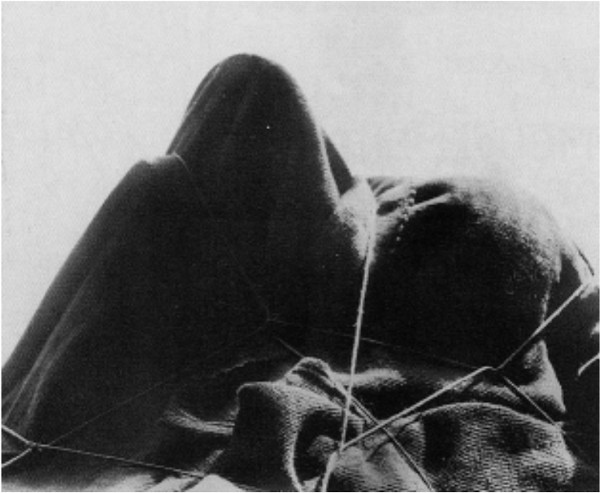The Shape of Experiment (2006)
Filed under proceedings | Tags: · art, art history, experiment, experimental art, history of science, history of technology, science, technology

What is the result of recent studies on the history of experiment? How has our image of science been changed since Ian Hacking’s statement, “experimentation has a life of its own,” turned into a catch phrase for investigations into the history of science? What is the lesson to be drawn from the studies following Steven Shapin’s and Simon Schaffer’s Leviathan and the Air Pump (1985) and Peter Galison’s How Experiments End (1987)?
In trying to answer these questions, this conference did not aim at contributing to a more developed philosophy of scientific experimentation, nor did it try to return to the grand narratives on the history of science. Rather, the goal of this conference was to identify characteristic configurations within in the history of experimentalization from 1800 to the present. The guiding question was: what are the typical forms of experiment that emerged in the separated and shared history of science, technology, and the arts?
Conference: The Shape of Experiment, Berlin, 2-5 June 2005
Publisher Max-Planck-Institute for the History of Science, Berlin
Preprint series, No. 318
235 pages
conference (prepared by Julia Kursell, Sven Dierig, and Henning Schmidgen)
publisher
Michel Meulders: Helmholtz: From Enlightenment to Neuroscience (2001/2010)
Filed under book | Tags: · 1800s, biography, empiricism, enlightenment, history of science, music, neurophysiology, neuroscience, physiology, psychology, science, vision

“Although Hermann von Helmholtz was one of most remarkable figures of nineteenth-century science, he is little known outside his native Germany. Helmholtz (1821-1894) made significant contributions to the study of vision and perception and was also influential in the painting, music, and literature of the time; one of his major works analyzed tone in music. This book, the first in English to describe Helmholtz’s life and work in detail, describes his scientific studies, analyzes them in the context of the science and philosophy of the period—in particular the German Naturphilosophie—and gauges his influence on today’s neuroscience.
Helmholtz, trained by Johannes Müller, one of the best physiologists of his time, used a resolutely materialistic and empirical scientific method in his research. This puts him in the tradition of Kant and the English empirical philosophers and directly opposed to the idealists and naturalists who interpreted nature based on metaphysical presuppositions. Helmholtz’s research on color vision put him at odds with Goethe’s more romantic theorizing on the subject; but at the end of his life, Helmholtz honored Goethe’s contributions, acknowledging that artistic intuition could reveal truths about the human mind that are inaccessible to science.
Helmholtz’s work, eclipsed at the beginning of the twentieth century by new ideas in neurophysiology, has recently been rediscovered. We can now recognize in Helmholtz’s methods–which were based on his belief in the interconnectedness of physiology and psychology–the origins of neuroscience.”
Originally published as Helmholtz: Des lumières aux neurosciences, Odile Jacob, Paris, 2001
Translated and edited by Laurence Garey
Publisher MIT Press, 2010
ISBN 0262014483, 9780262014489
235 pages
PDF, PDF (updated on 2018-8-5)
Comments (2)Brian Clegg: Light Years: An Exploration of Mankind’s Enduring Fascination with Light (2001)
Filed under book | Tags: · colour, electromagnetism, history of science, light, photography, science

“This is the story of the greatest puzzle in our universe: what is light? Light Years is an engaging survey of everything we know of the universe’s most enigmatic phenomenon and the remarkable people who have been captivated by it. Light Years looks over the shoulders of the great revolutionaries of light theory–Bacon, Galileo, Newton, Faraday, Maxwell and Feynman–and traces the evolution of light-driven devices from the camera to the laser.”
Publisher John Wiley & Sons, 2001
ISBN 0471211826
310 pages
PDF (updated on 2023-5-28)
Comments (4)
